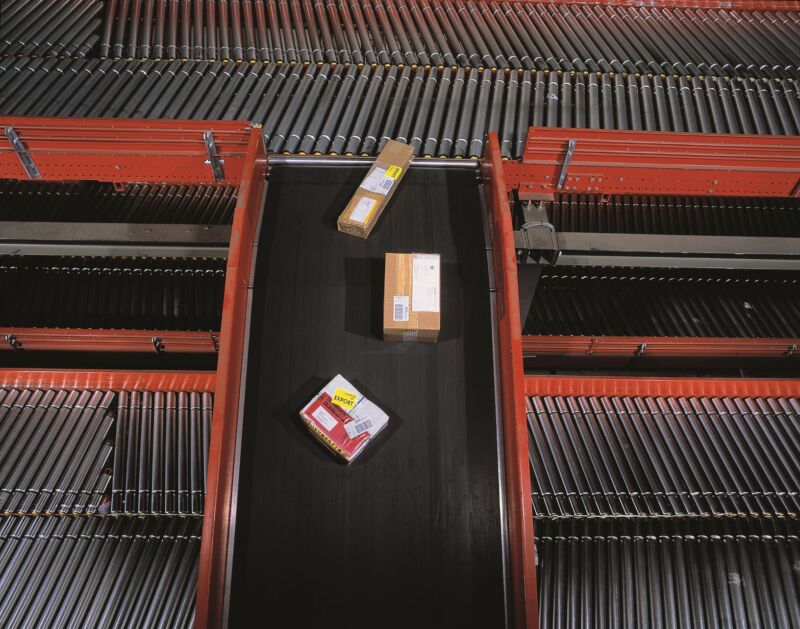Adriano Parmesani, Industry Segment Manager of Distribution Centers for conveyor belt manufacturer Habasit, discusses the preventative measures plants can take to keep their conveyor belts running smoothly during the e-commerce peak season.
Distribution centres, e-commerce retailers and logistics providers in the courier, express and parcel (CEP) industry must handle a massive increase in package volumes over the peak season. This includes both inbound delivery, as they sort it, build stocks to prepare, and then outbound, to fulfil customer demand.
Reports have found that some online retailers saw an increase in sales of over 700 per cent purely over the 2018 and 2019 Black Friday compared to a regular Friday in both years, without even considering the Christmas period. As throughput drastically increases, effective planning and preparation become essential to maximise system uptime and pick-to-pack accuracy.
Sophisticated, high-speed picking and packing systems rely on conveyor belts to store, sort, align, route, pack and deliver goods. Different belts are often used depending on their application. For example, conveyor belts used in CEP applications are traditionally fabric based. However, we are seeing an increased presence of plastic modular belts, particularly for pre-sorting activities in smaller distribution centres.
Though conveyor belts generally require little maintenance, unforeseen problems can have a significant impact on the system throughout, so planning preventative actions ahead of demand spikes is essential.
Signs to look for to prevent unplanned production stops
Damage to conveyor belts is usually visible. You can notice tears, cracks and frayed edges. Initial signs of damage can provide an indication of the overall health of the installation. Learning these warning signs and educating employees on how to deal with them can prevent unplanned downtime.
Conveyor belts with failing joints caused by component damage, mistracking or breakdown require immediate action. Mistracking should be adjusted to avoid further belt damage and wear. Mechanical damage to belts could result in health and safety risks and should also be addressed. Identification of repeat interventions will point to the need for further investigation and corrective action.
What is the solution?
Solutions are not “one size fits all”. The most valuable activity is to educate workers and plan preventative maintenance. Partnering with a reliable conveyor belt supplier that offers 24/7 support can help avoid surprises during operations. A good supplier should not only change a belt quickly, it should also offer customers in-depth training in maintenance so that if an accident occurs, employees will have the expertise to carry out emergency fixes themselves.
Habasit develops and manufactures a wide range of conveyor belts for cross belt sorters, live roller drive belts and diverter belts suitable for applications in distribution centres and logistics hubs. Habasit also offers tailored solutions based on the aims and challenges plant operators face, such as low noise and low energy requirements.
By working with a reliable supplier and implementing preventative measures within the plant, the peak season can fly by with little concern for plant operators. Thankfully, they won’t be needing to deliver millions of presents all in one night like one man we know.




